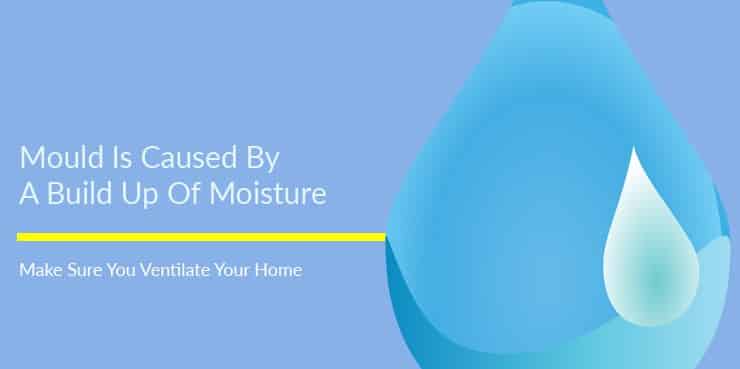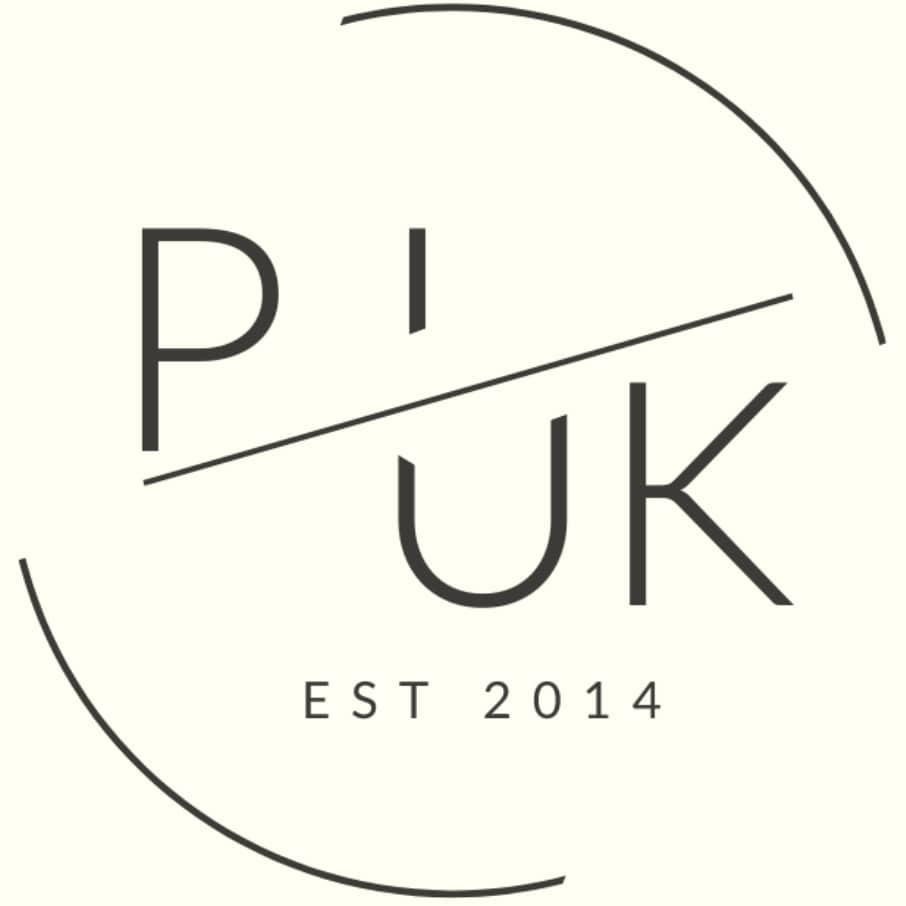Tenant Health and Safety Rights | Insight in to UK Rental Property Standards
Every property on the rental market must meet certain standards that ensure that it is safe and fit to live in. Health and safety in rented accommodation are assessed, normally by a local authority using the HHSRS (Housing Health and Safety Rating System). As someone who is renting, however, it is better that you know your rights as a tenant and not just relying on some third party to make sure that everything in your house is as it should be.

-
by Robert Jones, Founder of Property Investments UK
With two decades in UK property, Rob has been investing in buy-to-let since 2005, and uses property data to develop tools for property market analysis.
About Housing Health and Safety Rating System
Disclaimer
It's important to note that the rules around health and safety in rented accommodation can and do change regularly. Also how the law is interpreted, implemented and enforced can be different for different local authorities.
The law is defined with the Housing Health and Safety Rating System and is regularly reviewed including the latest review by the government published in September 2023 and accessible here.
The Law Vs. Health and Safety Best Practices
Not everything in this article concerns things that landlords are required to do by law.
Some of the topics discussed involve best practices—things that landlords commonly address to ensure their properties are well-maintained. Many of these practices are advocated by landlord associations such as the NRLA.

Common Hazards Inside the House
Below are the most common problems that properties (including rental properties) tend to have inside the house.
Generally, these things are fairly easy to resolve and they are easy to spot if you know what you are looking for.
As a tenant, it is good practice for you to raise these issues with your landlord as soon as you recognise there is an issue.
As the property owner, most landlords will be keen to fix any problems, as they could impact tenants wishing to stay long-term. Maintenance issues that are left unattended can also impact the value of their property when the time comes to sell.
Fixing them early often means they are less expensive to fix, it is best for the landlord to know as early as possible.
Mould
The Causes of Mould
Mould is most often caused by condensation building up inside the home. This build-up tends to be the result of a cold/warm air imbalance and/or poor airflow around the affected area.
Mould and dampness are very common in UK housing and is often a combination of living conditions, external weather and the building materials. It is a common problem, with a specific approach that is advised on how to solve by the industry experts and citizens advice.
If this is affecting your home, do not panic, this is a common occurrence in particular types of older housing like Victorian or Edwardian homes, where incorrect materials have been used in modern refurbishments that stop the house from 'breathing.
This is particularly an issue in rows of terrace houses, that are common in buy-to-let properties in Manchester and other northern cities like Newcastle and Stoke-on-Trent.
The weather is a factor of course, when it's cold outside people often leave windows closed and every home creates plenty of moisture from cooking, showers, bathrooms and general living, all of which can lead to mould with an imbalance with increased moisture and lack of airflow.
Moisture expelled into the air inside a house generally does not cause a problem if there is decent ventilation. But if that moisture is held in warm air which then meets a cold surface such as a window or a wall, then it condenses and becomes water droplets on that surface.
If this is happening a lot within a house then mould will start to grow, usually on cold walls, window ledges or surfaces.

How To Get Rid of Mould
Under normal circumstances, mould is very easy to treat.
Produce Less Moisture
The first way could be to simply try and reduce the amount of water vapour in the home. This may not always be practical. I'm not suggesting that you stop showering. But, there is often something you can do.
For instance, you might have a tumble dryer where the flue is not connected properly. If when you turn on a machine like that you can feel the air getting damp then it's possible that a quick fix could solve the problem.
But, in a busy family home, in most cases, producing less moisture is not going to be easy.
Make Sure the Moisture Has Somewhere To Go
The second solution is to not let the moisture that is being produced, linger in the house.
This is a combination of natural airflow like opening doors and windows when steam is building up from cooking or showering which is the responsibility of tenants and active prevention with improvements to the property which is the responsibility of the property owner.
One such improvement for houses that have consistent issues could be a whole-house ventilation system like Envirovent.
Installing trickle air vents in windows in the areas of the house that produce the most moisture (the bathroom and the kitchen) can also certainly help as this will help to draw the damp air outside.
As a tenant, you can also make sure that doors are kept shut when you're showering to help the extractor fan draw the moisture out of the room.
When cooking, keeping lids on pans while they're boiling will help reduce the amount of moisture in the property and your electricity bills as it uses less heat when cooking.
The landlord or course can only do so much to control things like this as moisture build up occurs differently depending on how many people live in the home and how they live.
Keep the Home Well Ventilated and Warm
This may sound counter-intuitive but a well-ventilated home (where moist air can escape outside) should not mean that the home is cold.
Because if the home is cold then there are going to be cold surfaces on which the moisture will condensate upon.
You need a balance of a warm home without the excessive moisture hanging around and ventilation is key to this.
By keeping the house at a warm stable temperature throughout the year you stop condensation from forming and mould won't get the chance to build up.
Damp
Problems With Damp
Damp can lead to mould and other problems. If it's spotted then it needs to be dealt with, do not ignore it and make sure to tell your landlord as early as possible.
It generally shows as wet patches on a wall and tends to occur when a fault in the basic structure of the building has let water in from the outside.
The Two Types of Damp
-
Penetrating Damp
Penetrating dampness occurs either when water gets into the house through defective parts of the walls, roof or chimney or when there is a water leak, for instance from a burst pipe.
If the water is leaking into a wall cavity then penetrating damp can take a long time to show in the liveable areas of the house. And if it's the case that the water is coming in from a damaged roof then the signs of dampness can be much more pronounced after heavy rain.
-
Rising Damp
Rising dampness is caused by moisture being drawn up from the ground into the floors and walls and can be recognised for what it is from the direction that the damp is travelling in.
Rising dampness can be treated by the installation of a damp-proof course which acts as a barrier, yet these are not always required. There are some solutions that can actually make the issue worse, so it is important to know exactly the cause before the treatment can be correctly installed. There are some really good books on the subject, like this one, on the rising damp myth.
How To Get Rid Of Damp
Luckily both penetrating damp and rising damp are easy to treat. A pipe might need fixing, a hole in the roof might need patching up, the damp proof course might need looking at. All are relatively simple solutions.
Once you have spotted that dampness is a problem you will need to speak to your landlord or letting agent immediately and request that whatever is causing it be fixed.
The sooner you do this the better. Dealing with dampness quickly will help avoid further damage to the property and prevent other hazards such as mould from taking hold.
Damp can occur over a prolonged period of time and it isn't always visible. This means that it is often missed until it has already become a serious problem.
So, as a tenant, you have a responsibility to be aware of these potential issues and report them as soon as you see them. This, really, is the best way to protect your home.
Potential for Accidents in the Home
Trip Hazards
Tripping and falling due to some uneven ground is a common hazard and rented accommodation is no different. Uneven floors within the property are a risk as are uneven paths and patios outside.
Higher-risk areas are showers, stairs and balconies. Falling over poses a much greater risk to the elderly than it does for younger people but anyone can get seriously hurt simply by tripping up.
How to Minimise the Risk of Falling
Avoiding the potential for trips and falls is something that is best tackled through cooperation between you as a tenant, and your landlord. It involves the right balance of common sense and best maintenance practices.
Your landlord is responsible for ensuring that the property is safe...
But, it is important that as a tenant, you watch out for any potential hazards there might be in your home.
So, if you spot any issues such as:
- Uneven ground
- Loose stair rails
- Frayed carpet thread
- Or any other kind of trip hazard...
Make your landlord/letting agent aware of them immediately so that they can make improvements.
Loose Plug Sockets
Old or damaged plug sockets (or any kind of faulty wiring) are electrical hazards that can cause shocks. These can lead to injury and are important to get replaced by a qualified electrician. Do not attempt to fix these yourselves as a tenant. Your landlord will carry out regular checks and electrical installation certificates to ensure the property is safe, but if you spot something mention it to your letting agent or landlord so they can solve it early.

Safety Requirements For Rented Accommodation
Gas Safety
Gas appliances can be dangerous when not maintained. Gas leaks can be fatal.
Your landlord has a legal requirement to carry out a regular gas safety check. This needs to be done at least once a year, so it is important you give access to the property for the gas engineer to carry out the safety check fully.
If you are in a property where there hasn't been a recent inspection you need to contact your agent or landlord and ask them when the last one was done and when the next one is due.
What To Do If You Smell Gas
If you ever smell gas, there could be a leak, which could be extremely dangerous.
In this instance, you should contact the National Gas Emergency helpline immediately and open all the windows to allow for ventilation.
Smoke Alarms and Carbon Monoxide Sensors
Carbon monoxide is a very dangerous gas.
It is poisonous, it can and does kill, and it has no smell or taste so it's very hard to detect if you have a leak.
Since October 2015 landlords have been required by law to ensure that their rental properties have working smoke and carbon monoxide alarms installed.
So, as a tenant, if your rented home doesn't currently have a smoke alarm or a carbon monoxide detector then you need to contact your letting agent or landlod and ask them to get one installed.
Electrical Safety
As with damaged or broken sockets, all electrical items in your home can carry some risk.
Any items that are provided by your landlord should be maintained and all electrical installations within the property should be safe. This is required by law. There are also some tips from charities like the Electrical Safety Council that help homeowners, landlords and tenants keep on top of best practices.
The Landlord's Obligation To Repair
The reality is that maintaining a healthy, safe home is the combined responsibility of your landlord and yourself as the tenant.
Here is a guide from the UK Government on 'How to Rent a Safe Home', designed for tenants.
Where issues tend to arise, it is when one party fails to carry out the best practices to ensure that the home is maintained.
Depending on who your landlord is, for example with social housing and housing associations, the decent homes standard also sets the tone for what responsibilities your landlord has.
The government is looking to consult on a new decent homes standard and expand this across the private rented sector.
Conclusion
Understanding your rights and responsibilities regarding health and safety in rental properties benefits both tenants and landlords alike.
While legislation provides the framework for minimum standards, maintaining a safe and healthy home and living environment, requires active cooperation between all parties.
Tenants who promptly report issues and follow best practices for ventilation and maintenance, combined with landlords who respond quickly to concerns and maintain regular safety checks, provide the best homes.
Please as a tenant, do not be afraid or worried about reporting maintenance issues. As identified above this is the best way to maintain a happy and healthy home and a good landlord (and letting agent) will respond positively to this.
